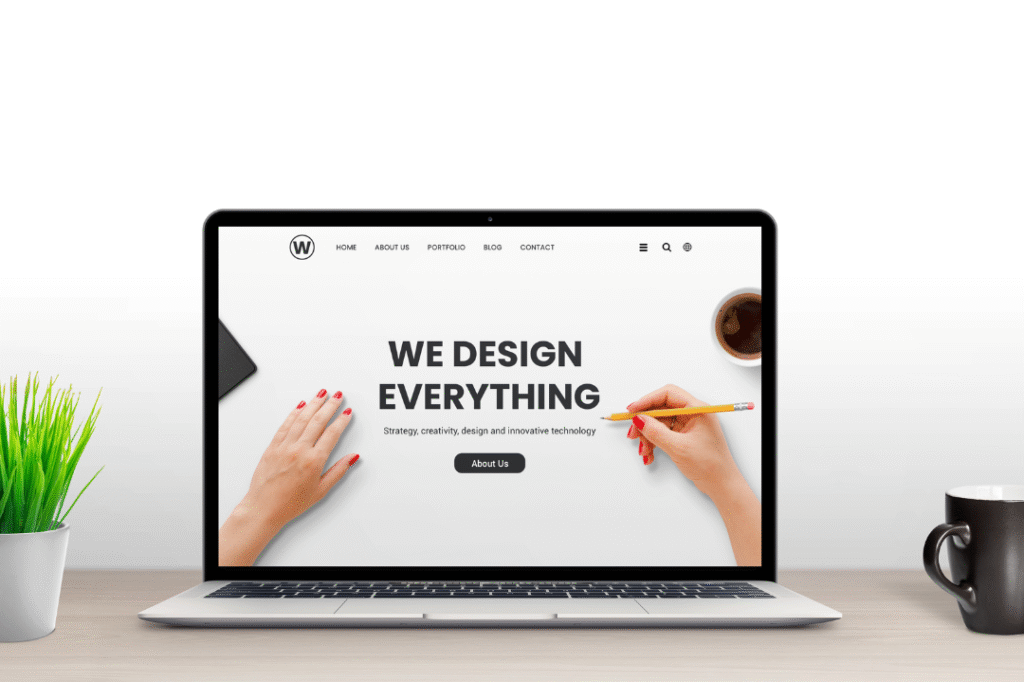
Whitespace and rhythm. Function and feeling.
Open a website, and sometimes it feels like stepping into a crowded room with voices everywhere, colours clashing, and buttons shouting for your attention. Other times, it feels like walking into a cathedral of silence, where every line, every space, and every pause is intentional. That second kind is poetry.
Because web design, at its best, is not just structure. It’s cadence. It’s rhythm. It’s the way whitespace breathes between words, the way a button waits patiently instead of screaming, and the way typography whispers, “Stay a little longer.”
Think of the websites that moved you. Not the ones that simply worked, but the ones that made you feel.
A cancer nonprofit’s homepage greets you not with statistics but with a single line: “No one should fight alone.” The page doesn’t clutter; it invites.
Or the e-commerce store where scrolling feels like wandering through an art gallery, where products are framed like portraits, and checkout feels less like a transaction and more like a gentle goodbye.
This is designed as literature. Code as a stanza. Interface as verse.
The poet in a web designer knows: users don’t just navigate; they experience. They pause at beauty, they linger at ease, and they recoil from chaos. Every pixel is a choice, every margin a line break, every scroll an unfolding narrative.
And just like poetry, great web design leaves echoes. You close the tab, but you remember how it felt.
So the next time you build a page or step onto one, don’t just ask, “Does it work?” Ask instead, “Does it speak?”
Because the truest websites are not just seen.
They are heard.
They are felt.
They are read like poetry on the glowing canvas of a screen.
